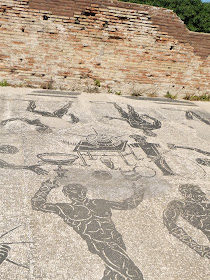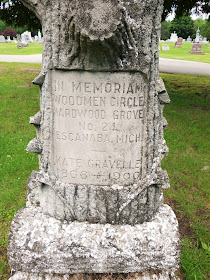With the summer of '17 slipping away from us it is time to document a few of its high lights. Starting of course with Chub Fest.
As best I can determine this, our second annual event, is the world's only fishing tournament devoted exclusively to chubs. Which are to the uninitiated, nothing more than several related species of highly aggressive minnows.
Here's a fine fellow.
Chub fishing is not like normal fishing. The prime spots are the out flow from culverts running under rural roads. The bait hardly matters, they will hit anything. Here my team partner for the day struggles manfully to unlearn a life time of angling expertise.
Headquarters for the Northern Chub Anglers Alliance (NCAA) remains for the time being in a garage. And with equal consistency this wily angler brought in the prize winning chub again this year, a leviathan that tipped the scales (well, just a little) at 4.8 ounces.
Preserved for posterity, the 2017 leader board. 8 teams went out this year. The team names reflect the grave seriousness of the event. All sponsorships are imaginary.
One of several four footed participants hopes that with regards to grilled left overs, every Dog will have her Day. Disappointed, she fell asleep soon afterwards.
Chalk art, some of it of a taunting nature. The state record for a creek chub by the way is a little short of 17 pounds five ounces. Like, 16 pounds 11.4 ounces short of it.
Yard games were played. Poorly, after a long day in the sun and a few beverages.
And of course, when fishing for what are usually considered "trash fish", some trash talk was in order. Here I am as part of the second place team. We have put the winners on notice that next year they are going to be dethroned as World Chub Champions.
























































